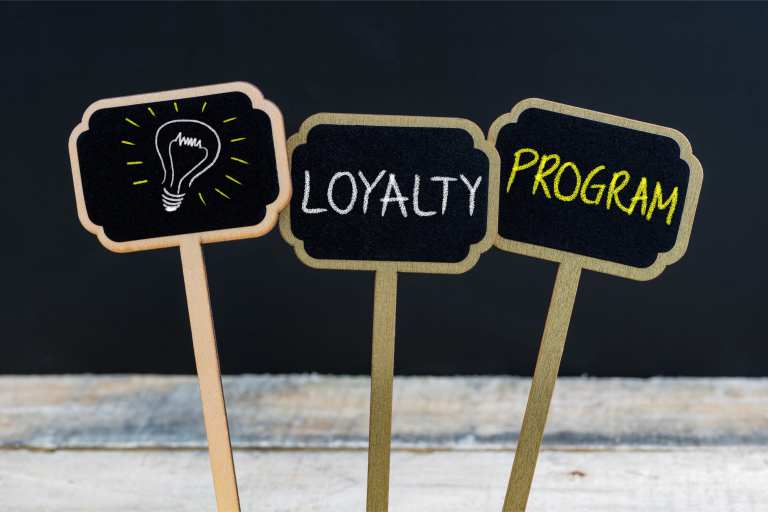
Last week, Grubhub announced its new loyalty program, a rewards aggregator called “Perks.” Grubhub offers deals from participating restaurants like Taco Bell and Red Lobster, plus integration with existing loyalty programs on a dedicated in-app tab.
“Restaurants have always used free food as a perk for their VIP diners, to keep them happy and coming back. We have now extended this practice to Grubhub diners by building loyalty tools so our restaurant partners can promote their restaurants more aggressively on our marketplace and reward their best digital diners as well,” Matt Maloney, Grubhub founder and CEO, said in a press release.
Loyalty programs are popular with customers, with 57 percent indicating in a recent survey that they are more likely to eat at restaurants that offer them. Interestingly, 57 percent of North Americans also said they would prefer to interact with loyalty programs on mobile devices in 2016.
However, a newer survey found mixed messages: 58 percent said they were less likely to join a customer loyalty program that requires them to download an app to access the benefits. Yet 79 percent also said they were more likely to join a customer loyalty program that does not require them to carry a physical card.
The new Order to Eat Tracker examines this evolving space and highlights how businesses are working with aggregated delivery services — like DoorDash, Grubhub and Uber Eats — along with loyalty providers and other partner services to enhance customer relationships and deliver experiences that are as seamless and frictionless as possible.
Partnerships
Grubhub’s new “Perks” offering exemplifies a trend toward partnerships. This could be the wave of the future, according to a study by Bond and Visa. Loyalty program members indicated that they only had the capacity to be active in eight of the 13 programs to which they belonged. This might seem troublesome on the surface, but it also represents an opportunity for brands to partner.
A majority (55 percent) of members were interested in partnerships introduced to them through their loyalty programs, while 22 percent said their program already had such a partnership and 60 percent found this appealing.
Michelle Tempesta, head of strategy at Paytronix, explained the key components of a successful loyalty program: an exceptional technology partner, executive buy-in and operational buy-in.
Where Surprise and Delight Fit In
Domino’s Piece of the Pie Rewards loyalty program launched in 2015. A newer loyalty play incorporates artificial intelligence (AI) to offer a tool that can spot a pizza in a photo. Earlier this year, the quick-service restaurant (QSR) released a Points for Pies offering, allowing members to earn 10 points for any pizza they purchase, including those that are not from Domino’s. The idea is to tie consumers more tightly to the QSR’s mobile ecosystem.
Christopher Thomas-Moore, vice president of global eCommerce and digital marketing for Domino’s, explained in an interview with PYMNTS how the company’s loyalty program helps to secure a slice of the $273 billion fast-casual and QSR market.
Apps can be used as a two-way street. Domino’s also taps the loyalty program for data-related insights into customers’ perceptions and feedback. One of the significant findings was that Domino’s loyalty members didn’t just want points, they also wanted rewarding experiences. In other words, they wanted an ordering process that was different from the average customer.
“Exclusivity is part of that relationship,” Thomas-Moore said. “They’ve gone the extra mile to sign up … and they expect a different experience than [what] everyone else is getting.”
Delivery as Loyalty Driver
Delivery used to only be for pizza and Chinese food, but there has been an explosion in recent years due to the rise of third-party aggregators. Recent projections indicate that sales from online restaurant deliveries will reach $62 billion by 2022, more than double today’s rate of $25 billion.
Multiple brands not known for food delivery have been upping their games lately. Starbucks has expanded its delivery capabilities in partnership with Uber Eats. The company now offers delivery at 2,700 store locations in 11 markets and is also working on developing its own delivery program.
McDonald’s ended a partnership with Uber Eats and started making deliveries available through DoorDash. The new arrangement allows those who subscribe to DoorDash’s Door Pass service to access McDonald’s offerings.
Panera Bread is also significantly expanding its delivery operations thanks to a series of new partnerships with several delivery aggregators, in addition to its in-house delivery.
Customers also like mobile ordering — the volume of orders made via mobile app rose 130 percent between 2016 and 2018, and the overall mobile order market value is on track to reach $38 billion by 2020 — which is why so many restaurants have been launching Swiss army knife-like apps that combine everything users want.